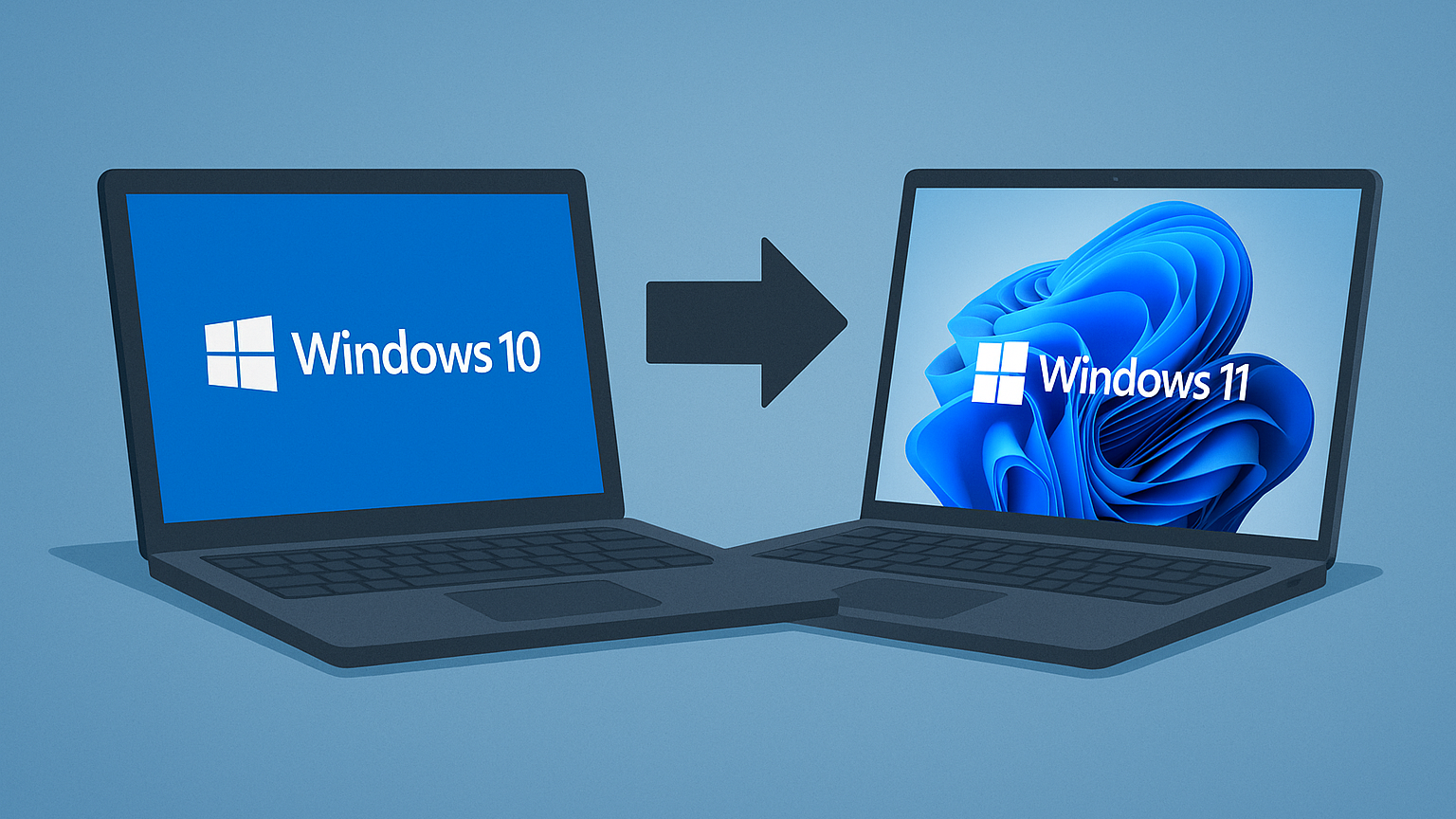Security gets most of the attention when it comes to mobile device management, but channel pros face a host of additional challenges from the BYOD trend.
By Lauren Gibbons Paul
BYOD, or “Bring Your Own Device,” has a nice friendly ring to it, don’t you agree?
Bryan Boam doesn’t. Boam, who is president of Network Consulting Services Inc. (NCSI), in Bountiful, Utah, spends much of his time these days helping clients grapple with a host of security and other issues that result from employees bringing their personal mobile devices to the workplace.†
“BYOD—it sounds like an invitation, but it’s really more like a threat,” Boam says. “This is the first time we’ve ever seen an invasion of consumer technology into the enterprise. It’s an unwanted incursion.”
Once, employees who wished to work from home had to jump through all sorts of hoops to access data on the corporate network, Boam observes. Now, many employees are tech-savvy enough to help themselves—with and without permission—via their smartphone or tablet, adding demanding new wrinkles to network access control.
“Your CEO needs to know how to access email on his iPad by this afternoon. This gives you no time to figure out how to do this without opening a Pandora’s box of other issues,” Boam says. “Mobile technology is ahead of its management.”
NCSI first began coping with mobility-related problems when consumers adopted the iPad and similar tablets roughly 18 months ago. “[Mobile] email was the gateway drug, but very few people are accessing their desktop via the iPhone. The iPad is another story,” says Boam, whose clientele is scrambling to catch up by implementing mobile device management software to secure end-user devices.
BYOD is just one of many aches and pains channel partners face as they try to help clients assimilate and leverage mobility for business advantage. Employees now use mobile computing to access everything from core enterprise applications to real-time communication tools like VoIP and videoconferencing apps. And the mobile market’s pace of change is rapid-fire. Most companies use PCs for three to five years, but the lifecycle for mobile chipsets is typically more like two.
“Very fast cycle times are a good thing for consumers,” says Andrew Till, senior vice president for Symphony Teleca Corp., a software development firm in Palo Alto, Calif. Not so much for businesses though, he adds. “They want to use devices for five years before they become obsolete, not five months.”
Meanwhile, since mobility encompasses both tablets and smartphones, as well as software platforms ranging from Apple iOS and Google Android to Microsoft Windows and BlackBerry OS, little about the world of mobile technology is standardized at present.
The upshot is an array of thorny management challenges focused chiefly around governance and security, but touching on issues like peripheral management, communications management, and enterprise application integration as well. And though many software vendors are working on pieces of these problems, no one company will ever solve them all. That leaves channel partners on the hook for cobbling together solutions, often on a client-by-client basis.
All of which can be frustrating for channel pros. However, it also represents a big opportunity, according to Craig Mathias, principal and founder of Farpoint Group, a wireless advisory firm in Ashland, Mass. Offering mobility services is a way for resellers and solution providers to increase the value of the services they offer, he says.
article continues…
“Instead of ‘hardware and a handshake,’ it’s more intimate and valuable IT services. Mobility is just one aspect of that,” Mathias remarks. Moreover, if you provide managed IT services, your offering is going to look pretty incomplete without mobility these days, he adds. Plus, the margins are much higher than with traditional sales and installation services.
‘Freedom within a Framework’
Recent data from Spiceworks Inc. illustrates how common BYOD has become among SMBs. In a May 2012 survey of 1,498 technology professionals in 100 countries, the Austin, Texas-based IT social network and system management vendor found that 75 percent of small businesses currently manage personal devices at work. What’s more, fully 25 percent of the study’s respondents called supporting those devices a headache.
That’s no surprise to Boam, who says his clients hardly need an expert to tell them that BYOD is a source of major IT complications. They already know. “We’re not explaining that there is a problem. We are explaining the depth of the problem,” Boam says.
In the early days of BYOD, many companies tried simply forbidding employees from using personal devices at work. Today, experts generally agree that the BYOD horse has left the barn. Instead of banning mobile devices or booting them off the network, channel partners should help companies implement careful limits and controls, says Jeff Wallace, assistant vice president of the mobility practice at consulting firm Cognizant Technology Solutions, of Teaneck, N.J.
According to Wallace, priority number one should be establishing standards and policies regarding what employees can and can’t do with their mobile devices at work, including which ones they can bring to the office in the first place. The trick, he notes, is to establish parameters for acceptable use that are strict enough to protect network assets yet still allow employees to work productively. “We call this ‘freedom within a framework,'” Wallace says.
Many of Wallace’s customers maintain lists of supported devices, which makes mobile management easier and less costly. “Most organizations will find it impossible to support an unlimited number of devices,” he says.
Matthew Bookspan touts the benefits of acceptable use policies too. “You can define what apps can be run, security policies like the length of a passcode and whether one is required, [and] the use of prepackaged connections for Wi-Fi,” says Bookspan, self-described “chief shark” at Blacktip IT Services, a technology consulting firm in Orlando, Fla., that specializes in Apple products.
Other useful policies cover matters like what sites employees can surf on their devices (no Facebook before 5 p.m., for example) and not giving outsiders access to corporate data, says Bookspan. He advises his clients to warn employees that if they lose a personal mobile device also used for work, it will be “wiped” remotely of all its contents, including any personal data it contains.
There’s An App for That—Maybe
Given the frenzied proliferation of apps in the consumer world, it’s only natural that business users would want to get in on the action too. The result is an ever-expanding universe of both mobile versions of traditional client/server applications and enterprise apps created from the ground up for use on mobile devices.
article continues…
In both cases, businesses often need or wish to make customizations, Till notes, which can introduce new and unusually complex maintenance demands, thanks to the diversity of mobile platforms currently in use. “There is a danger your apps won’t work on all the different types of devices that employees use,” Till says.
Indeed, maintaining a consistent user experience across mobile platforms is a major challenge, according to Deepak Bharathan, IT strategy expert for PA Consulting Group, a global technology strategy and advisory firm headquartered in London. “It costs a lot to maintain quality if you have a number of platforms in your company,” he says.
Perhaps not surprisingly, then, adoption of enterprise mobile apps remains limited at present, according to Till. “Email is still the number one app,” he notes. “Other services are being accessed through the browser.”
The Complications of Integration
Communications is mobility’s original killer app, but integrating the various mobile messaging services employees use with each other and their PC-based equivalents can be anywhere from difficult to impossible, Till says. For example, if an employee is participating in a videoconference via Microsoft Lync and needs to leave his desk, there’s presently no way to transfer that call to his mobile device. “He has to hang up and dial in again,” Till notes.
More easily solved are a range of other integration conundrums in areas such as printing. Few tablets and smartphones are equipped to interface with network printers, but a variety of vendors have begun introducing solutions to overcome that hurdle. For example, PrintBack, from Norwalk, Conn.-based document management giant Xerox Corp., enables users of iOS and Android-based devices to connect with the same printers they utilize from their PC. PrintCentral Pro, from mobile app maker EuroSmartz Ltd., performs comparable functions for Apple devices only.
Linking mobile devices to peripherals like barcode scanners is another difficult task. Here too, however, software makers are rapidly rolling out solutions. In January, for example, Sunnyvale, Calif.-based mobile access solution vendor Aruba Networks Inc. announced availability of a mobile point-of-sale solution that enables retail store personnel to record sales on-the-go using tablets and smartphones equipped with barcode scanning and credit card–reading hardware from Infinite Peripherals Corp., of Arlington Heights, Ill. GlobalBay, a division of VeriFone Systems Inc., the electronic payment systems vendor based in San Jose, Calif., offers a similar solution.
Thankfully, channel pros needn’t have the answers to every question mobility poses before providing mobility services to their clients. Until industry-standard solutions begin emerging, helping clients understand mobility’s risks while devising practical solutions to specific problems as they arise is good enough. Besides, what’s the alternative? “Let’s face it, everyone is going mobile now,” Mathias says.†
LAUREN GIBBONS PAUL specializes in writing about SMB technology issues.













